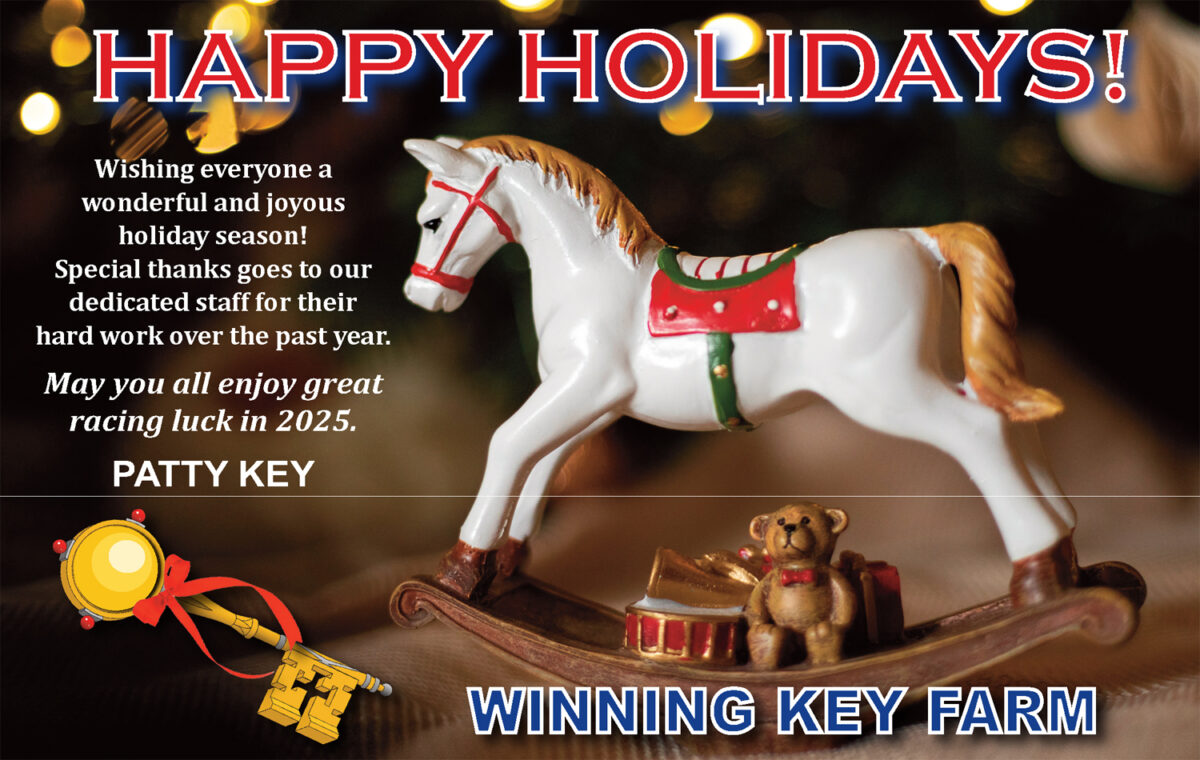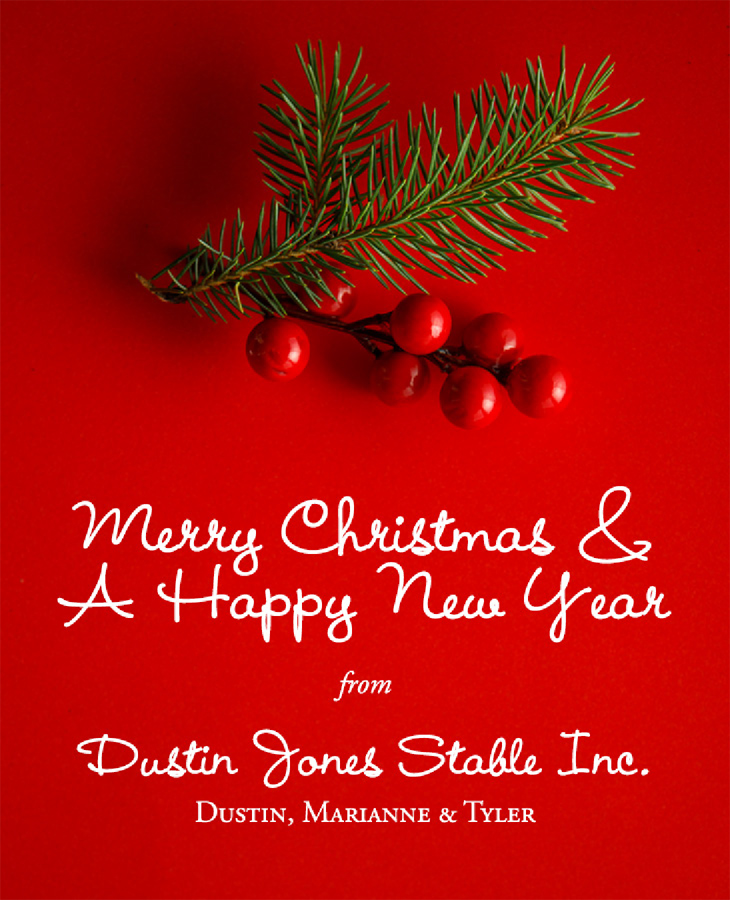

Is the same/old same/old the best we can offer?
Let’s say that I’m a restaurateur and business is thriving. Profits are up about 10-15 per cent every year and I see a steady stream of customers, even on weekdays.
I can probably just keep on doing what I’ve been doing in my restaurant, right? Why mess with the menu?
Can I afford to become complacent? Not exactly. I still have to pay attention to the kitchen, to the staff, to all the details. But if your sales and profits are up substantially, you’ve got a winning formula.
But how many harness tracks do you know that have a winning formula with handle and overall income are up 10-15 per cent each year?
Everyone realizes what’s happening in horse racing. By and large, the public isn’t buying what racetracks — standardbred and thoroughbred — are selling. And yet many tracks keep selling the same product. They stick to the same old menu that the public has rejected. In some cases, they simply give larger portions — 12 races instead of 10.
Harness racing is a business rich in traditions: The Hambletonian, Little Brown Jug, The Red Mile. I love them all. But those traditions don’t mean a thing to the general public.
I often wonder what a group of bright grad students in a sports administration program might say if they seriously studied the presentation of the “menu” at harness tracks. I’m talking about bright young people with no knowledge of the cherished harness racing traditions. They’d bring a fresh perspective to the challenge. And I bet that they’d suggest a lot of changes.
I suspect that they would find racing boring and predictable. Even people in the sport who know all the nuances say that.
But when you have a dozen races, all contested at the same distance, over the same track, often with the same number of horses, often with many of the same drivers, the result is a bit like watching the same movie over and over again.
The fourth race is likely to unfold just like the third race and the fifth race.
From a handicapping perspective, perhaps that predictability is reassuring. From an entertainment perspective, it’s a turn off. And shouldn’t a night at the races be entertaining and fun — and a bit unpredictable at times? Shouldn’t it offer the unexpected, the longshot winners? How exciting and unpredictable is racing at Yonkers when horses with the three inside posts win more than half the races?
I was in Europe earlier this year and met with trotting officials in a couple countries. They spoke about how France dominates trotting on the continent. Betting by French racing fans on races in other countries has been a godsend to countries where trotting has been in deep trouble. But these people emphasized that French officials will only take betting on races with large fields. The French are smart enough to know that nothing kills betting faster than fields with fewer than 10 horses.
How is this accomplished? Longer distances. Europeans are not locked in to the one-mile monotony that is pervasive in North America. The formula is simple: the longer the races, the more horses can start.
Consider this year’s Olympics: the 100-meter dash will likely have eight finalists while there will be more than a hundred in the marathon. The longer the race, the more starters.
The more starters in a horse race, the more movement and excitement in the race, and likely the more betting on the outcome. Conversely, short fields often yield short payoffs. Bettors don’t find that very tempting.
As a cab driver told me years ago why he preferred betting on thoroughbreds to harness races. “Ya can’t make no money bettin’ on them trotters.” And who ever disputes the wisdom of a cabbie?
We all recognize the problem, but who has the will to innovate?
I once suggested to a veteran race secretary at a five-eighths-mile track that he card races at one-and-a-quarter miles and start maybe a dozen horses in a race.
I was astonished when he asked, “Where would the race start?”
“Right in front of the public,” I told him. I guess he simply never contemplated any deviation from harness racing’s one-mile monotony.
At that time, racing was far more robust than it is now. Maybe he didn’t see the need to experiment. But that was then; this is now.
I’ve had people question if horses would withstand racing extra distance. Would they simply collapse and die if asked to race beyond a mile? Would they soon go lame?
Au contraire, as the French might say.
One owner in Sweden told me years ago that young horses should never race at a mile and instead be given their introduction to racing at longer distances.
“Mile races are just sprints and the horse learns that it has to go like hell from the start,” the owner told me. “I don’t want to have my horses be headstrong pullers. I want them to relax in a race and be rated. That’s why I insist that they start their careers at longer distances. They are trotting at a more moderate rate and they learn to trail horses and pass. They stay sane and they stay sound. It’s the speed that kills, not the distance.”
Of course, with larger fields, is it inevitable that more horses will go back to the barn without a paycheck? Not necessarily. We traditionally pay five places in harness racing — even in races with five horses. But no one has ever explained why we pay five places and why tracks cannot pay more horses with larger fields.
I realize it’s hard to break with tradition, but now seems like the perfect opportunity to try. The public isn’t buying what we’re selling, but we’re still living in the Fool’s Paradise provided by slots subsidies. Many tracks have significant purses and insignificant patronage. Why not experiment a little? We can’t worry about chasing off fans because there are so few of them left in the grandstands.















